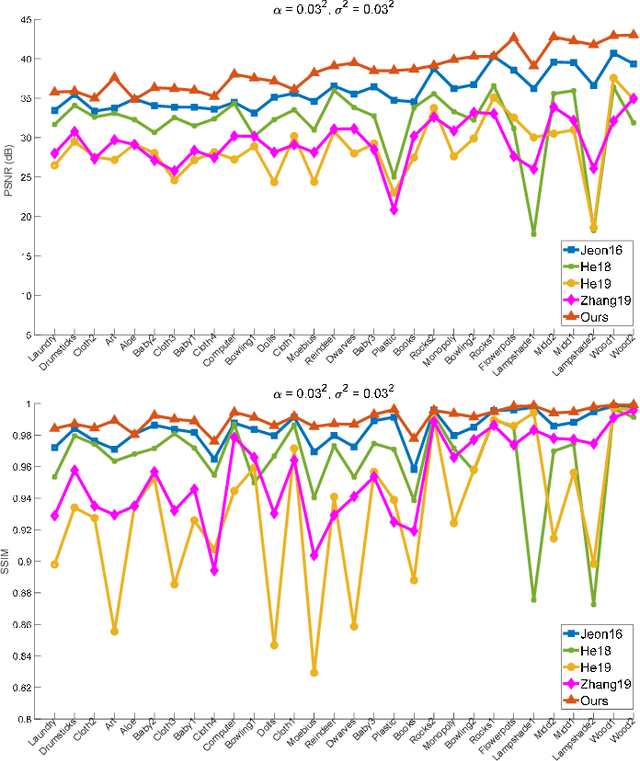Bo-Wen Yao
Strong phonon-mediated high temperature superconductivity in Li$_2$AuH$_6$ under ambient pressure
Jan 21, 2025



Abstract:We used our developed AI search engine~(InvDesFlow) to perform extensive investigations regarding ambient stable superconducting hydrides. A cubic structure Li$_2$AuH$_6$ with Au-H octahedral motifs is identified to be a candidate. After performing thermodynamical analysis, we provide a feasible route to experimentally synthesize this material via the known LiAu and LiH compounds under ambient pressure. The further first-principles calculations suggest that Li$_2$AuH$_6$ shows a high superconducting transition temperature ($T_c$) $\sim$ 140 K under ambient pressure. The H-1$s$ electrons strongly couple with phonon modes of vibrations of Au-H octahedrons as well as vibrations of Li atoms, where the latter is not taken seriously in other previously similar cases. Hence, different from previous claims of searching metallic covalent bonds to find high-$T_c$ superconductors, we emphasize here the importance of those phonon modes with strong electron-phonon coupling (EPC). And we suggest that one can intercalate atoms into binary or ternary hydrides to introduce more potential phonon modes with strong EPC, which is an effective approach to find high-$T_c$ superconductors within multicomponent compounds.
AI-driven inverse design of materials: Past, present and future
Nov 14, 2024



Abstract:The discovery of advanced materials is the cornerstone of human technological development and progress. The structures of materials and their corresponding properties are essentially the result of a complex interplay of multiple degrees of freedom such as lattice, charge, spin, symmetry, and topology. This poses significant challenges for the inverse design methods of materials. Humans have long explored new materials through a large number of experiments and proposed corresponding theoretical systems to predict new material properties and structures. With the improvement of computational power, researchers have gradually developed various electronic structure calculation methods, particularly such as the one based density functional theory, as well as high-throughput computational methods. Recently, the rapid development of artificial intelligence technology in the field of computer science has enabled the effective characterization of the implicit association between material properties and structures, thus opening up an efficient paradigm for the inverse design of functional materials. A significant progress has been made in inverse design of materials based on generative and discriminative models, attracting widespread attention from researchers. Considering this rapid technological progress, in this survey, we look back on the latest advancements in AI-driven inverse design of materials by introducing the background, key findings, and mainstream technological development routes. In addition, we summarize the remaining issues for future directions. This survey provides the latest overview of AI-driven inverse design of materials, which can serve as a useful resource for researchers.
Guided Colorization Using Mono-Color Image Pairs
Aug 17, 2021



Abstract:Compared to color images captured by conventional RGB cameras, monochrome images usually have better signal-to-noise ratio (SNR) and richer textures due to its higher quantum efficiency. It is thus natural to apply a mono-color dual-camera system to restore color images with higher visual quality. In this paper, we propose a mono-color image enhancement algorithm that colorizes the monochrome image with the color one. Based on the assumption that adjacent structures with similar luminance values are likely to have similar colors, we first perform dense scribbling to assign colors to the monochrome pixels through block matching. Two types of outliers, including occlusion and color ambiguity, are detected and removed from the initial scribbles. We also introduce a sampling strategy to accelerate the scribbling process. Then, the dense scribbles are propagated to the entire image. To alleviate incorrect color propagation in the regions that have no color hints at all, we generate extra color seeds based on the existed scribbles to guide the propagation process. Experimental results show that, our algorithm can efficiently restore color images with higher SNR and richer details from the mono-color image pairs, and achieves good performance in solving the color bleeding problem.
 Add to Chrome
Add to Chrome Add to Firefox
Add to Firefox Add to Edge
Add to Edge